When you were a child, did you stop in the middle of reading ‘Green Eggs and Ham’ and think, ‘Hey, this is really an allegory about race?’ Turns out, the books we loved from our childhood were actually far more complex than we ever imagined. Andy Simmons explores these books on Reader’s Digest website.
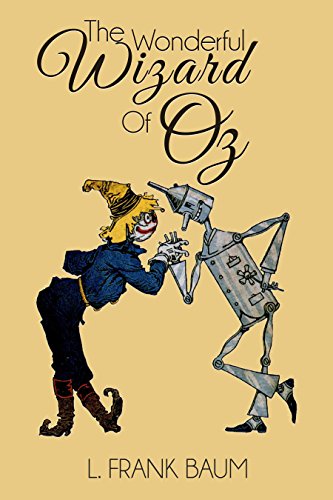
The Wonderful Wizard of Oz: A metaphor for faith
If you are a Christian, L. Frank Baum’s masterpiece could be viewed as a metaphor of Christian faith. “The Yellow Brick Road is the path to enlightenment, with the characters encountering a variety of emblems of sin and temptation along the way toward the Emerald City, which is a kind of a heaven,” suggests Vulture.com. But, conversely, atheists can claim the Wizard represents a false God who is revealed to be a mere mortal. Bet you didn’t think about all of that when you were 8 years old and rooting for Toto. And then there’s this: Who holds all the cards in the story? The women—Dorothy, The Wicked Witch, and Glinda the Good Witch. The men are all screw-ups who are lacking in one way or the other—the scarecrow a brain, the Tin Man a heart, the Lion da noive. So, is ‘The Wonderful Wizard of Oz’ a feminist tract? Could be. Baum was a suffragist who crusaded for women’s rights.
Winnie-the-Pooh: Insight into mental health issues
As a kid, the quirky denizens of the Hundred Acre Wood are entertaining and fun. As an adult, it might strike you that those same characters ought to be denizens of a psych ward. A study produced a few years ago out of Dahlhousie University, in Canada, diagnosed A.A. Milne’s creations with “crippling mental and emotional problems,” reports Cracked.com. Pooh suffers from ADHD; Eeyore with depression; Christopher Robin is schizophrenic; Tigger’s problem is hyperactivity and impulsivity, among a slew of others; and little Piglet, the study claims, “clearly suffers from generalized anxiety disorder.” Here’s a glimpse of what it’s really like to live with schizophrenia, according to one anonymous patient.
Green Eggs and Ham: New thinking on racism
No one wants to try green eggs for the simple reason that we’ve never tried them before. That, and they sound disgusting. Had we gorged on the stuff since birth the dish would be on every menu of every diner in America. But we haven’t, so they aren’t. As a kid, this tale was akin to doody humor—one big ewww—which is why it was fun. But reading it decades later, especially knowing that it was set in 1960 America, a time when many schools, hotels, restaurants, and bathrooms were segregated, suddenly, Sam-I-Am’s insistence that his neighbor try something new, says Relevant magazine, is “Seuss’s way of saying, ‘Don’t judge a book, or an egg—or a man—by its color.’” Here are more fascinating facts about Dr. Seuss and his legacy.
The Story of Babar: The truth about colonialism
Big and Tall men’s shops clearly had their hands full when they had to dress Babar the elephant. But when a hunter shoots his mother and the young pachyderm is brought to Paris, clothed he was. After all, that’s what civilized people do. That and learn all the niceties of polite society, like blow your trunk when you have the sniffles. So when he returns to Africa to become the King of the Elephants, Babar imparts all he’s learned unto his subjects, which includes wearing clothes and walking on two feet. In short, he has brought Western culture to the Dark Continent. In shorter, Babar was a colonialist toady, according to Cracked.com.





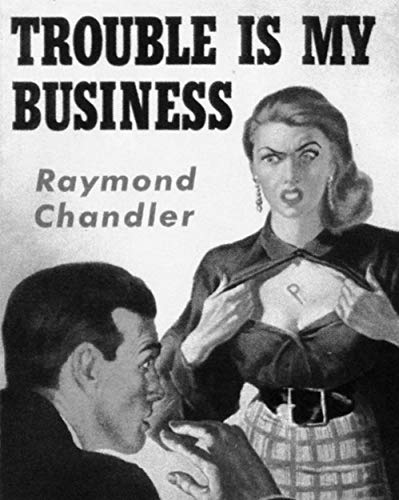
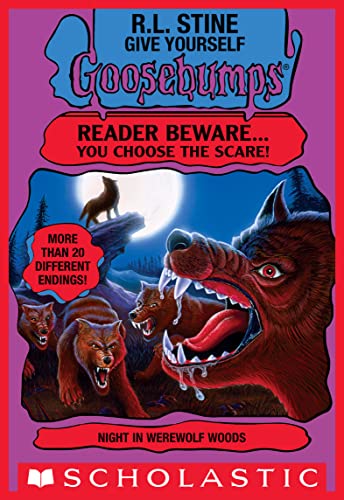
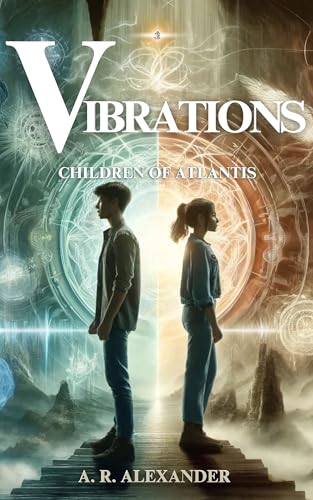


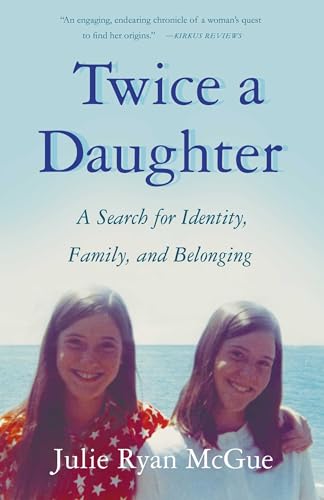
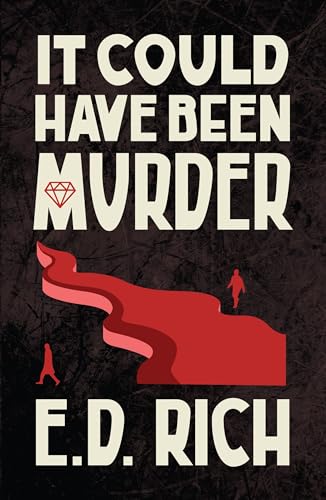
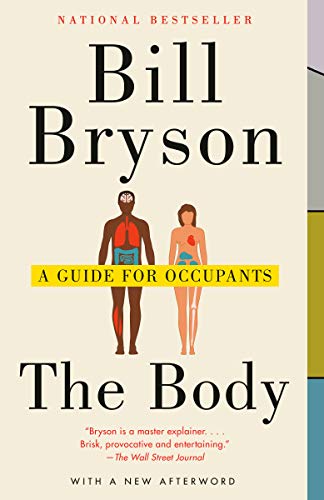

 Then tap on the “See First” icon.
Then tap on the “See First” icon. Stream now, for FREE with your prime membership
Stream now, for FREE with your prime membership


 A Tale of Two Cities
A Tale of Two Cities The Mysterious Island
The Mysterious Island Les Misérables
Les Misérables







